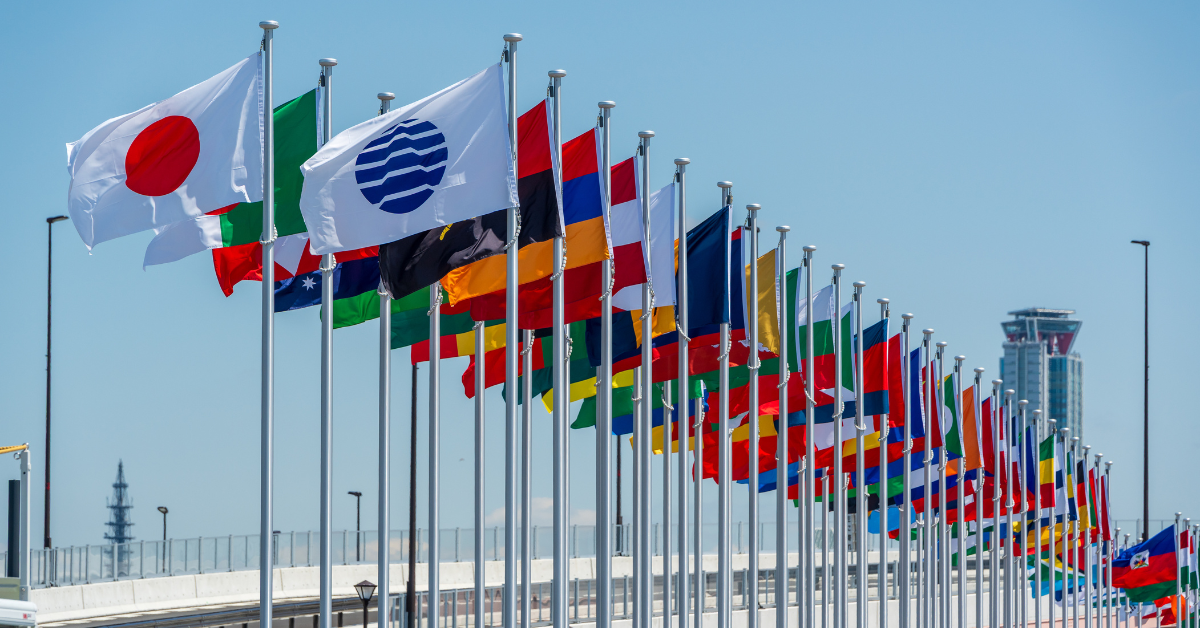EXPO 2025 Osaka–Kansai has already become a topic of excitement across Japan. For many Japanese visitors, the Expo is not just an event but a once-in-a-lifetime chance to witness the future of technology and culture. Yet, along with amazement, people also share honest concerns about crowds, accessibility, and overall comfort.
- First Impressions from Japanese Visitors
- Reviews on Food and Experiences
- Evaluations of Crowds and Management
- Advice from Japanese Visitors for Foreign Travelers
- Ranking of Popular Pavilions Among Japanese Visitors
- Suggested Model Plan for Foreign Visitors
- Japanese Cultural Values Reflected in Reviews
- Conclusion
First Impressions from Japanese Visitors
The first thing many Japanese noticed was the “futuristic city-like scenery” of the venue. Gigantic pavilions rising on an artificial island surrounded by the sea created a spectacular view that looked completely different during the day and at night.
Positive comments
- Architectural design is innovative and highly photogenic
- Sea breeze and open atmosphere create a sense of escape
- Each pavilion reflects its country’s culture, giving the feeling of a “world trip”
Negative comments
- The site is vast, and walking between areas is tiring
- Heavy crowds on weekends cause fatigue
- Families with children or elderly visitors often feel the physical strain
Reviews on Food and Experiences
Food was a highlight. Japanese visitors gave high praise to the dining area, where they could enjoy global cuisines rarely available in Japan. From casual stalls to full-scale restaurants, the selection was vast—Asian, European, Middle Eastern, and more.
Exhibitions also gained strong approval. Immersive AR and VR experiences attracted long lines, especially in space and deep-sea themed pavilions. Even those uninterested in science beforehand said the displays were fun and engaging.
| Aspect | Japanese impressions |
|---|---|
| Food | Opportunity to taste cuisines not usually available |
| Exhibits | Many hands-on experiences with strong immersion |
| Prices | Higher than average but acceptable for the occasion |
| Souvenirs | Regional limited-edition items and crafts are popular |
Japanese also noted that the Japanese food section was impressive. While foreigners enjoyed sushi and tempura, locals appreciated regional dishes and food-tech innovations.
Evaluations of Crowds and Management
The biggest issue for many Japanese was overcrowding. On public holidays, entry restrictions were sometimes enforced, and waiting several hours at popular pavilions was common.
However, management improvements were visible. Multilingual support (English, Chinese, Korean) was praised, and staff were described as helpful and approachable.
| Management aspect | Japanese feedback |
|---|---|
| Signage | Clear, multilingual, and improved |
| Staff support | Friendly and reassuring |
| Restrooms and rest areas | Plenty, but still insufficient at peak times |
| Waste management | Sometimes struggled to keep up |
Advice from Japanese Visitors for Foreign Travelers
Japanese visitors offered practical advice to help foreigners enjoy the Expo more comfortably.
| Aspect | Advice |
|---|---|
| Pavilions | Visit popular ones early in the morning to reduce wait times |
| Walking | Wear comfortable shoes |
| Dining | Avoid lunchtime rush for smoother experience |
| Planning | Set priorities since the Expo cannot be covered in one day |
Additionally, nighttime light shows and illuminations are highly recommended. Many Japanese commented that “the Expo feels like two different worlds—day and night.”
Ranking of Popular Pavilions Among Japanese Visitors
Based on surveys and shared opinions, the following pavilions stood out.
| Rank | Pavilion | Highlights |
|---|---|---|
| 1st | Japan Pavilion | Cutting-edge environmental and medical technologies inspire pride |
| 2nd | Space Pavilion | Futuristic, immersive displays |
| 3rd | Asian Pavilions | Dynamic mix of food and tradition |
| 4th | European Pavilions | Artistic and architectural sophistication |
| 5th | Children’s Zone | Very popular with families |
Suggested Model Plan for Foreign Visitors
Drawing from Japanese visitor experiences, here’s a recommended plan for a one-day visit.
| Time | Suggested activity |
|---|---|
| Morning | Explore top pavilions immediately after gates open |
| Before lunch | Enjoy food stalls before peak dining hours |
| Afternoon | Visit interactive exhibits and cultural shows |
| Evening | Watch illuminations and stage performances |
| Before leaving | Shop for exclusive Expo souvenirs |
This flow is considered the most efficient way to enjoy the event in a single day.
Japanese Cultural Values Reflected in Reviews
Japanese reviews reveal a strong emphasis on “order, safety, and comfort.” Small inconveniences that foreigners may overlook—like crowded restrooms or slightly confusing signs—were often noted as issues by Japanese visitors.
At the same time, their sense of wonder was genuine and enthusiastic. Comments such as “The wait was long, but it was worth it” highlight the balance of critical observation and deep appreciation.
Conclusion
For Japanese visitors, EXPO 2025 Osaka–Kansai is seen as “a once-in-a-lifetime place to experience the future.” Architectural creativity, high-quality exhibitions, and diverse food choices all impressed visitors. Although crowds and walking distances remain challenges, the overall sentiment is that the Expo is absolutely worth visiting.
To maximize enjoyment, careful planning is key. Make reservations in advance, experience both day and night atmospheres, and prioritize what matters most. By following Japanese advice, foreign visitors can make their Expo experience even more memorable.






